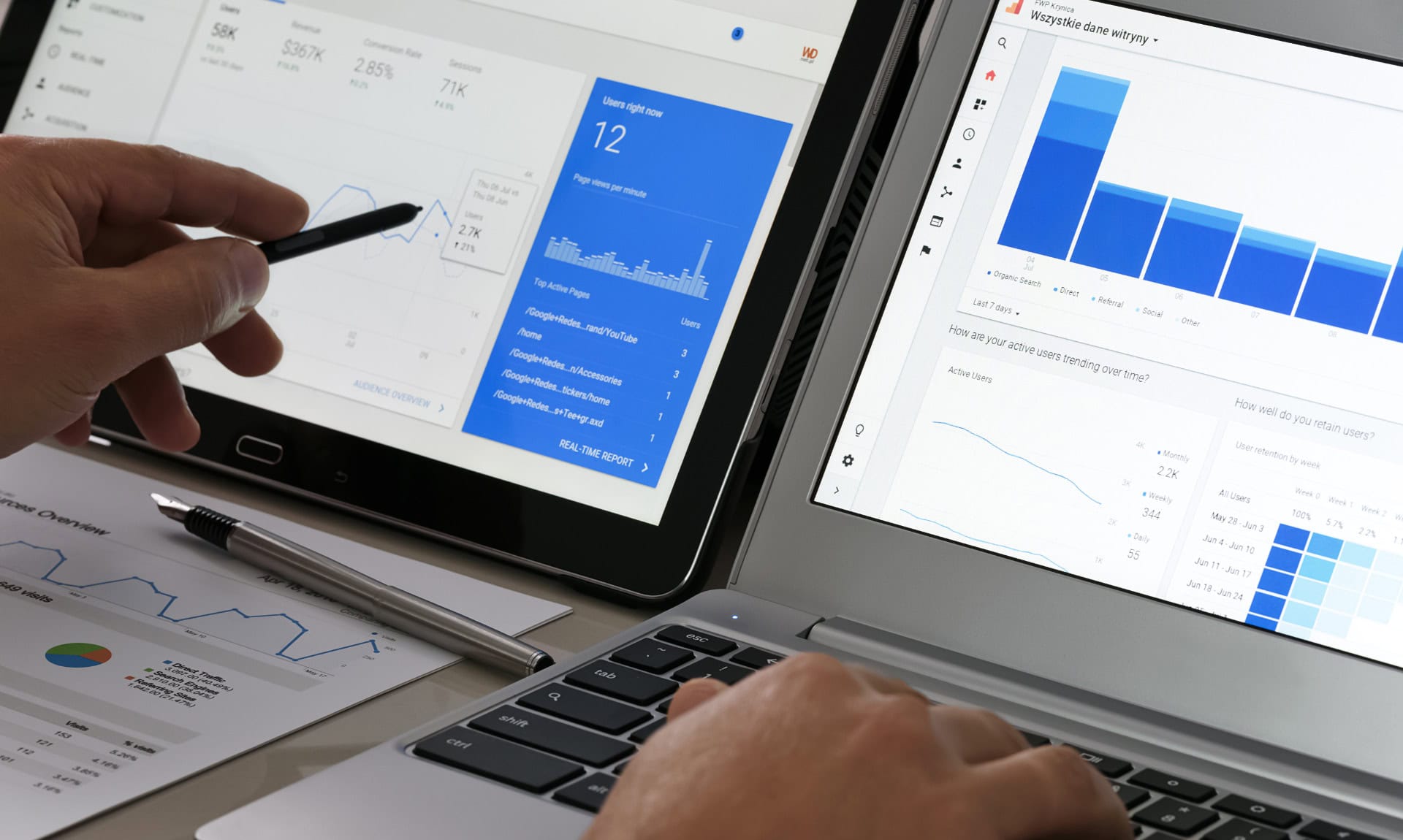
Last-Touch Attribution Model: What Is It & How Does It Work?
Understanding the nuances of marketing attribution models is crucial for any marketing professional aiming to optimize their strategy. The last-touch attribution model is one such approach that focuses on the final interaction before a conversion.
This article will explore what last-touch attribution is, its advantages and disadvantages, and how it compares to other attribution models.
What Is Last-Touch Attribution?
Last-touch attribution is a model that credits the final touchpoint a customer interacts with before completing a conversion.
This model is often used to identify which marketing efforts directly lead to sales or desired actions. By focusing on the last interaction, marketers can determine the effectiveness of specific channels and campaigns at the final stage of the customer journey.
Last-Touch vs. First-Touch Attribution
First-touch attribution credits the initial touchpoint that introduced the customer to the brand.
In contrast, last-touch attribution focuses on the final interaction before conversion, emphasizing the impact of the closing touchpoint in the customer journey.
- Learn more about first-touch vs last-touch attribution.
Last-Touch vs. Last-Click Attribution
Last-click attribution gives credit to the final click before a conversion, regardless of the type of interaction.
While last-touch attribution considers any final interaction, including non-click actions, providing a broader view of the final engagement leading to conversion.
How Does Last-Touch Attribution Work?
Here’s a step-by-step process for how the last-touch attribution model works:
- Step 1 – Tracking Customer Interactions: Implement tracking tools to monitor all customer interactions across various channels.
- Step 2 – Identifying the Final Touchpoint: Use analytics to pinpoint the last interaction or touchpoint a customer engages with before converting.
- Step 3 – Assigning Attribution Credit: Attribute 100% of the conversion value to this final touchpoint, recognizing it as the decisive factor in the customer’s decision.
- Step 4 – Analyzing Conversion Data: Evaluate the data collected from the final touchpoints to understand which channels and campaigns drive conversions most effectively.
- Step 5 – Optimizing Marketing Strategies: Use insights from the analysis to adjust and optimize marketing strategies, focusing on the touchpoints that most frequently lead to conversions.
Advantages of the Last-Touch Attribution Model
The last-touch attribution model offers several benefits for marketers aiming to streamline their strategies.
Simplicity in Implementation
This model is straightforward to set up and requires minimal technical expertise compared to more complex attribution models. Its simplicity makes it accessible for teams with limited resources.
Clear Insight into Conversions
By focusing on the final touchpoint, marketers can easily see which interactions directly lead to conversions. This clarity helps in identifying the most effective channels for driving sales.
Immediate Impact Measurement
Last-touch attribution allows for quick measurement of the effectiveness of recent marketing activities. This immediate feedback helps in rapidly adjusting strategies to enhance performance.
Disadvantages of the Last-Touch Attribution Model
Despite its benefits, the last-touch attribution model has notable drawbacks.
Ignores Customer Journey
This model overlooks the entire customer journey map and the various touchpoints that contributed to the final conversion. It fails to provide a comprehensive view of how different interactions influence the buying decision.
Overemphasis on Final Interaction
By giving all credit to the last interaction, it undervalues the role of earlier touchpoints in nurturing and guiding the customer toward conversion. This overemphasis can lead to misinformed marketing decisions.
Potential for Misleading Data
Relying solely on last-touch attribution can result in skewed data, as it does not account for the cumulative impact of multiple interactions. This potential for misleading conclusions can hinder the effectiveness of marketing strategies.
Use Cases and Examples
Last-touch attribution is most appropriate in specific scenarios where identifying the final interaction is critical to understanding marketing effectiveness.
- Short Sales Cycles: In businesses with quick decision-making processes, last-touch attribution effectively highlights the final touchpoint that drives rapid conversions.
- Single-Channel Campaigns: For campaigns focusing on one primary channel, such as a social media blitz or a targeted email, last-touch attribution helps identify the success of that channel.
- Promotional Offers: When running time-sensitive promotions or flash sales, last-touch attribution is useful for determining which final interaction led to a purchase within the limited offer period.
- Direct Response Marketing: In direct response campaigns where immediate action is encouraged, last-touch attribution shows which touchpoint prompted the desired response.
- Event Sign-Ups: For events where the goal is to maximize registrations, last-touch attribution helps pinpoint the final interaction that convinced participants to sign up.
Last-Touch Attribution: Final Thoughts
Understanding the last-touch attribution model is crucial for marketers seeking to measure the immediate impact of their campaigns. While it offers simplicity and clear insights into the effectiveness of final touchpoints, it also has limitations that can lead to an incomplete view of the customer journey. By carefully considering its advantages and disadvantages, marketers can make informed decisions and better optimize their strategies for success.
News Via Inbox
Get our monthly report on all the latest and greatest trends in digital marketing.



